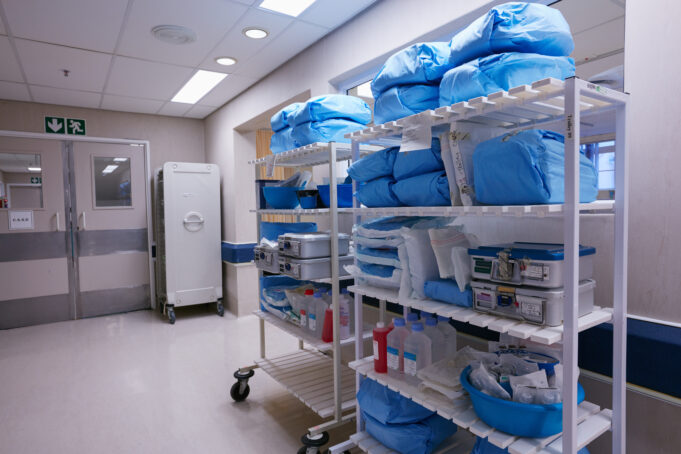Infection control in hospital facilities is paramount to ensuring patient safety and reducing healthcare-associated infections (HAIs). Effective infection control requires a multifaceted approach involving stringent protocols, continuous education, and adherence to best practices. Here, we explore key strategies and guidelines for maintaining a sterile and safe hospital environment, drawing on recommendations from leading health organizations.
Importance of Hand Hygiene
Hand hygiene is a cornerstone of infection control. Proper handwashing with soap and water or the use of alcohol-based hand sanitizers can significantly reduce the transmission of infectious agents. Healthcare providers should adhere to the following practices:
- Wash hands before and after patient contact.
- Use hand sanitizers when soap and water are unavailable.
- Participate in hand hygiene campaigns and regular training sessions.
Environmental Cleaning Protocols
Effective environmental cleaning is crucial to preventing the spread of infections. Best practices include:
- Frequent cleaning and disinfection of high-touch surfaces (e.g., doorknobs, countertops, medical equipment).
- Using EPA-registered hospital disinfectants.
- Training cleaning staff in proper disinfection techniques.
- Conducting regular audits and compliance monitoring.
Sterilization and Disinfection of Medical Equipment
Medical devices and surgical instruments must undergo meticulous cleaning before high-level disinfection or sterilization. Steps include:
- Using water and detergent or enzymatic cleaners to remove organic material.
- Centralizing the processing of these items to maintain quality control.
Proper Use of Personal Protective Equipment (PPE)
Selecting and using PPE appropriately based on the task and exposure risk is vital. Guidelines include:
- Wearing gloves, gowns, masks, and eye protection as needed.
- Training healthcare workers in the correct use and disposal of PPE.
- Regularly reviewing and ensuring the availability of PPE.
Spill Management Procedures
Prompt cleaning and decontamination of spills involving blood or other potentially infectious materials are essential. Recommended practices include:
- Using protective gloves and appropriate disinfectants.
- Following specific procedures for decontaminating areas.
Injection and Medication Safety
To prevent contamination during medication preparation and administration, hospitals should:
- Prepare medications in designated clean areas.
- Use aseptic techniques.
- Avoid reusing single-use vials and syringes.
Preventing Ventilator-Associated Pneumonia (VAP)
Reducing the risk of VAP involves several strategies:
- Avoiding intubation when possible.
- Using non-invasive ventilation.
- Minimizing sedation.
- Elevating the head of the bed for intubated patients.
- Implementing local treatment bundles or checklists.
Surgical Site Infection Prevention
To prevent surgical site infections, hospitals should follow these guidelines:
- Use appropriate antibiotic prophylaxis.
- Maintain perioperative glycemic control.
- Adhere to stringent intraoperative skin preparation practices.
- Perform full-body bathing before surgery and use antiseptics.
- Screen for Staphylococcus aureus colonization and follow decolonization protocols for high-risk patients.
Continuous Education and Training
Ongoing education and training for healthcare providers on infection control protocols are crucial. Recommendations include:
- Conducting regular workshops and simulation exercises.
- Providing updates on the latest guidelines.
- Ensuring staff are well-informed and prepared to implement effective infection control measures.
Infection control in hospital facilities requires a comprehensive approach involving hand hygiene, environmental cleaning, proper use of PPE, meticulous sterilization of medical equipment, and continuous education. Adhering to these best practices can create a safer environment for patients, healthcare providers, and the community at large. Regular audits and compliance monitoring are essential to maintaining these standards and preventing the spread of infections.
For detailed guidelines, refer to resources from the Centers for Disease Control and Prevention (CDC), The Joint Commission, and other authoritative health organizations.






